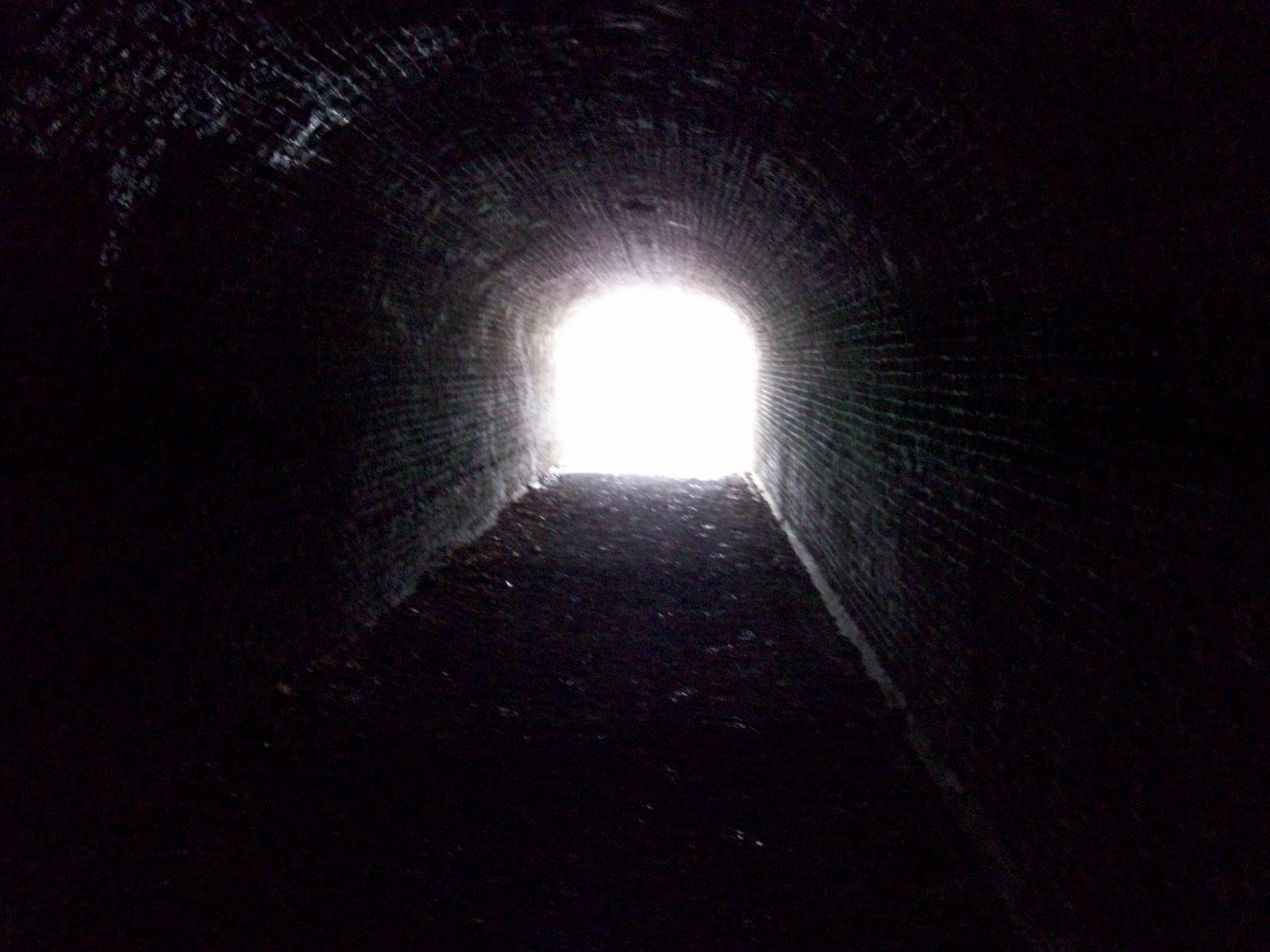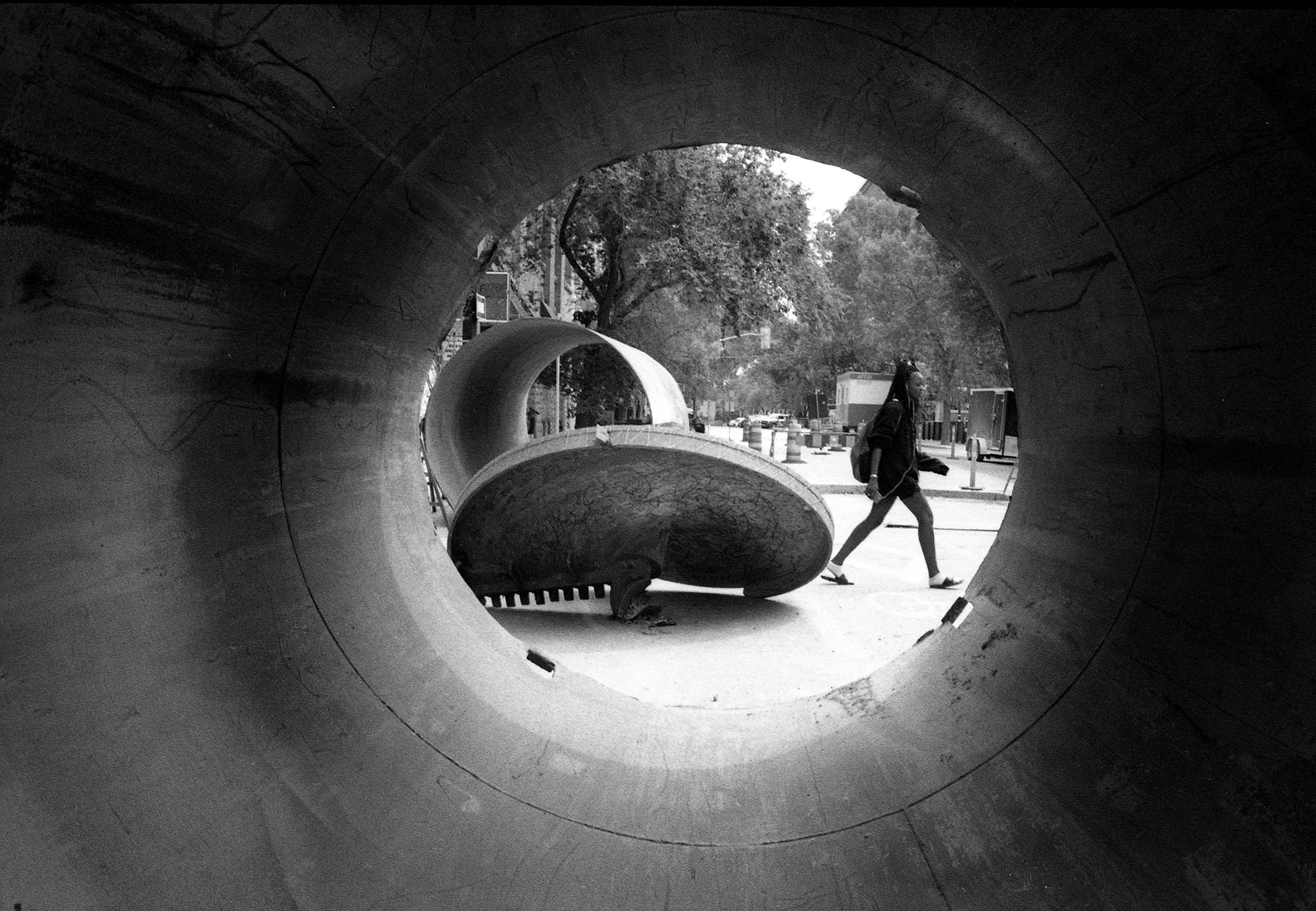
Tunnel Vision Susan Adrian Macmillan
1. Cataracts 2. Glaucoma 3. Retinal Detachment 4. Choroideremia 5. Brain Injuries 6. Hallucinogenic Drugs Treating Tunnel Vision Treatment Options for Cataracts Treating Glaucoma Reattaching the Retinal Tear Tunnel Vision Care From the Eye Specialists Book An Appointment With Our Team Of Ophthalmologists & Doctors What is Tunnel Vision?

Tunnel Vision by serenitypill19 on DeviantArt
Tunnel vision syndrome, also called peripheral vision loss (PVL) or tubular vision, is a condition in which central vision is apparent, but side vision is missing or distorted. This results in tunnel vision, meaning, in medical terms a person's visual field is much more reduced. Essentially, it creates the illusion of looking through a narrow tube.

Romantic Tunnel Vision
Tunnel vision is a particular type of visual field defect where all quadrants of the visual field are constricted (reduced in size). In other words, your peripheral vision in all directions (out, in, up and down) shrinks. The 360-degree loss of peripheral vision becomes the dark "tunnel" of your tunnel vision.
Tunnel Vision
Tunnel vision can be caused by either open-angle or secondary glaucoma. 2. Retinitis Pigmentosa. Retinitis pigmentosa is a group of rare, genetic disorders that cause slow, progressive vision loss in retinal cells. These eye conditions are passed from parents to children and result from harmful changes that occur in any one of more than 50.

Blinkie Photography Tunnel Vision.
Tunnel vision is a vision defect where objects cannot be seen unless they are near the center of the visual field. There are two types of cells in the retina that respond to light: rods and cones. The cones are concentrated in the center of the retina--known as the macula--and are responsible for detailed color vision.

Tunnel vision? 5 ideas to help you see the light
Tunnel vision is the loss of peripheral vision with retention of central vision, resulting in a constricted circular tunnel -like field of vision. [1] Causes Tunnel vision can be caused by: Glaucoma, a disease of the eye. [2] Retinitis pigmentosa, a disease of the eye. [3] Blood loss ( hypovolemia) Alcohol consumption. [4]

Entrepreneurs Should Avoid Tunnel Vision and Embrace Flexibility
Tickets On Sale Today And Selling Fast, Secure Your Seats Now. USA Tickets 2024. Compare Prices on the Worlds Largest Ticket Marketplace

Tunnel Vision Everything Gallery ThomThom's Website
Jan. 13, 2021 Tunnel vision is the result of loss of side vision. The only usable vision remaining after loss of side vision is central vision, producing a tunnel effect. Tunnel Vision may be associated with: Carotid Artery Disease Glaucoma Retinitis Pigmentosa

Reasonably Well Tunnel Vision
Tunnel vision: how an obsessed explorer found and lost the world's oldest subway New York City has sealed up a 169-year-old landmark, but the man who discovered it wants back inside.

Surf Photography Tunnel Vision by Matt Kwock
Tunnel vision is also known as peripheral vision loss (PVL) as it refers to the loss of peripheral, or side, vision. Tunnekl vision can occur due to conditions that affect the eye or other.

tunnel vision
The term "tunnel vision" is used to describe a constricted field of vision where you are able to see straight ahead, but vision to the sides, or peripheral vision , is lost. Also referred to as peripheral vision loss or tubular vision, tunnel vision is much like looking through a small tube.

Tunnel vision. What you see is definitely not the entire picture. by
Under high levels of stress, people may experience "tunnel vision," tending to ignore things on the periphery of their awareness. The human tendency toward tunnel vision under stress may.

Tunnel Vision APK for Android Download
Tunnel vision is the loss of your side, or peripheral, vision. The vision that remains may appear tunnellike, hence the name "tunnel vision." It's caused by several types of eye conditions, such as glaucoma and retinal detachment. This article addresses the symptoms associated with tunnel vision, as well as possible causes and treatments.

Tunnel Vision ECPS
Peripheral vision, also known as indirect vision, is the part of your field of vision that occurs outside of your central vision. It allows you to see all around you without moving your eyes or turning your head. Central vision, or foveal vision, is formed at the center of your eye, in the macula — the posterior part of your retina.

Tunnel vision Photography Forums
Tunnel Vision occurs due to a loss in peripheral vision and can be caused by a range of other eye health problems including glaucoma. Find out more.

What Is Tunnel Vision, and Can It Be Fixed or Prevented? NVISION Eye
1. Retinitis pigmentosa Retinitis pigmentosa (RP) is a group of eye conditions that cause vision loss over time. It's also called hereditary retinal dystrophy. RP is caused by genetic mutations.